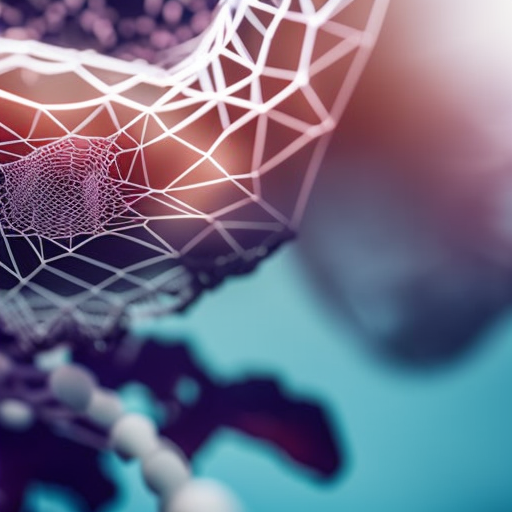Summary: 3D printed organs are a revolutionary development in the field of medicine that has the potential to save countless lives. This technology involves using a patient’s own cells to create custom-made organs, eliminating the need for organ transplants and reducing the risk of rejection. While there are still challenges to overcome, such as the complexity of creating functional blood vessels, researchers are making significant progress in this field and are optimistic about the future of 3D printed organs.
Introduction
Organ transplantation has long been the primary treatment for patients with end-stage organ failure. However, the demand for organs far exceeds the supply, leading to long waiting lists and a high mortality rate among those awaiting transplants. 3D printed organs offer a potential solution to this problem by providing a way to create organs on demand.
How 3D printed organs work
The process of creating 3D printed organs begins with obtaining a patient’s cells, typically through a biopsy. These cells are then cultured and multiplied in the laboratory to create a sufficient number for printing. Using a specialized 3D printer, the cells are layered and shaped according to a digital model created from medical imaging data. The printer deposits the cells layer by layer, allowing for the precise construction of complex structures.
Advantages of 3D printed organs
One of the major advantages of 3D printed organs is that they can be customized to fit the specific needs of each patient. This eliminates the risk of rejection, as the organs are made from the patient’s own cells. Additionally, the ability to create organs on demand could significantly reduce waiting times for transplants and save countless lives.
Current progress and challenges
Researchers have made significant progress in 3D printing various types of organs, including hearts, livers, and kidneys. In 2019, scientists successfully 3D printed a functional heart using a patient’s own cells. However, there are still challenges to overcome before 3D printed organs can be widely used. One of the main challenges is the creation of functional blood vessels to supply the organs with oxygen and nutrients. Without a network of blood vessels, the printed organs cannot survive.
Potential applications
The potential applications of 3D printed organs are vast. In addition to providing organs for transplantation, this technology could be used for drug testing and personalized medicine. By creating organ models that closely mimic human organs, researchers can test the efficacy and safety of new drugs before they are tested on humans. This could greatly reduce the time and cost of drug development.
Ethical considerations
While the development of 3D printed organs holds great promise, it also raises ethical concerns. The ability to create organs on demand could lead to a commodification of organs and raise questions about who should have access to this technology. Additionally, there are concerns about the long-term effects of 3D printed organs on the human body and the potential for unforeseen complications.
The future of 3D printed organs
Despite the challenges and ethical considerations, the future of 3D printed organs looks promising. Researchers are continuously improving the technology and finding innovative solutions to the remaining obstacles. As the field progresses, it is likely that 3D printed organs will become a viable alternative to traditional organ transplantation, revolutionizing the field of medicine and saving countless lives.












